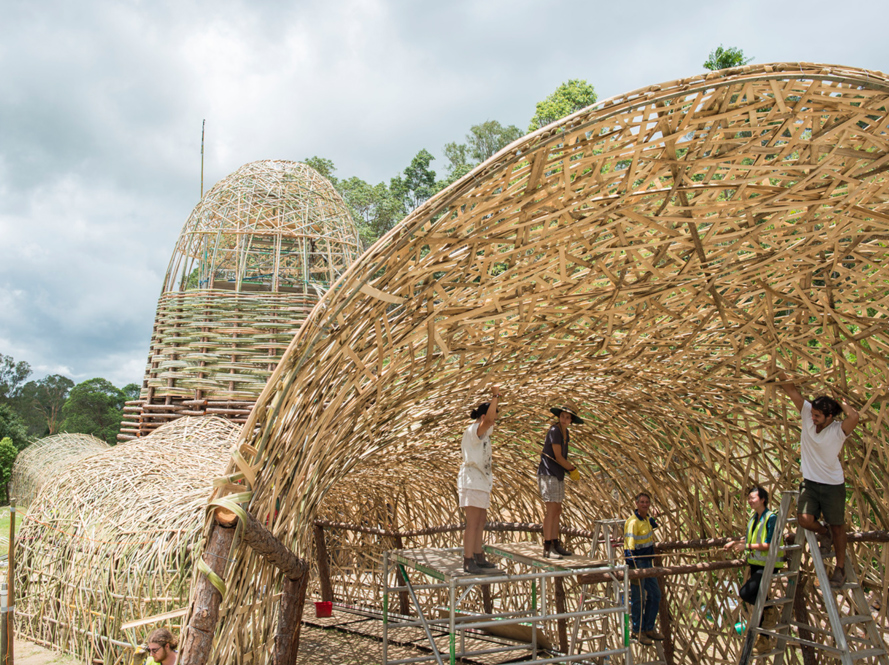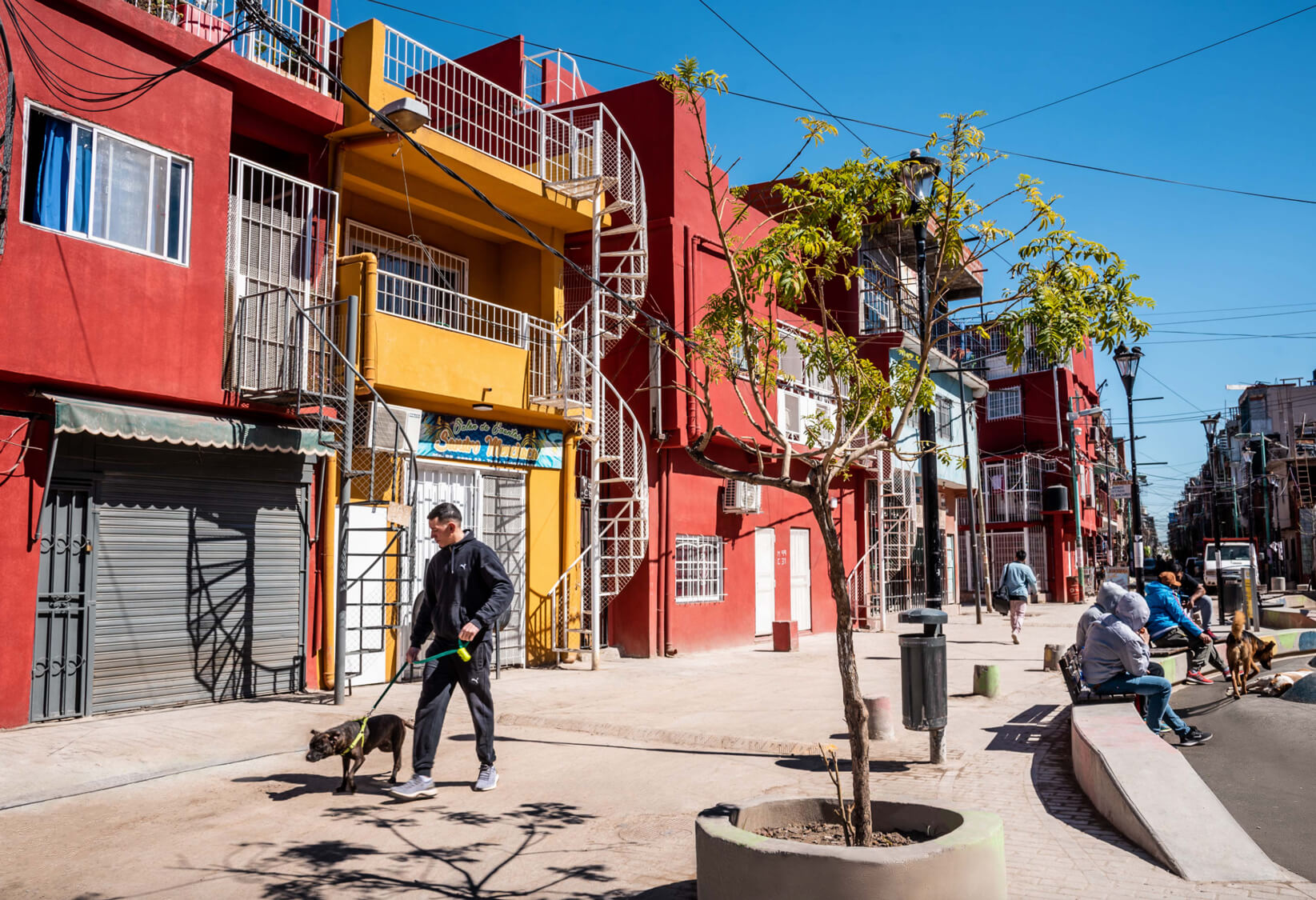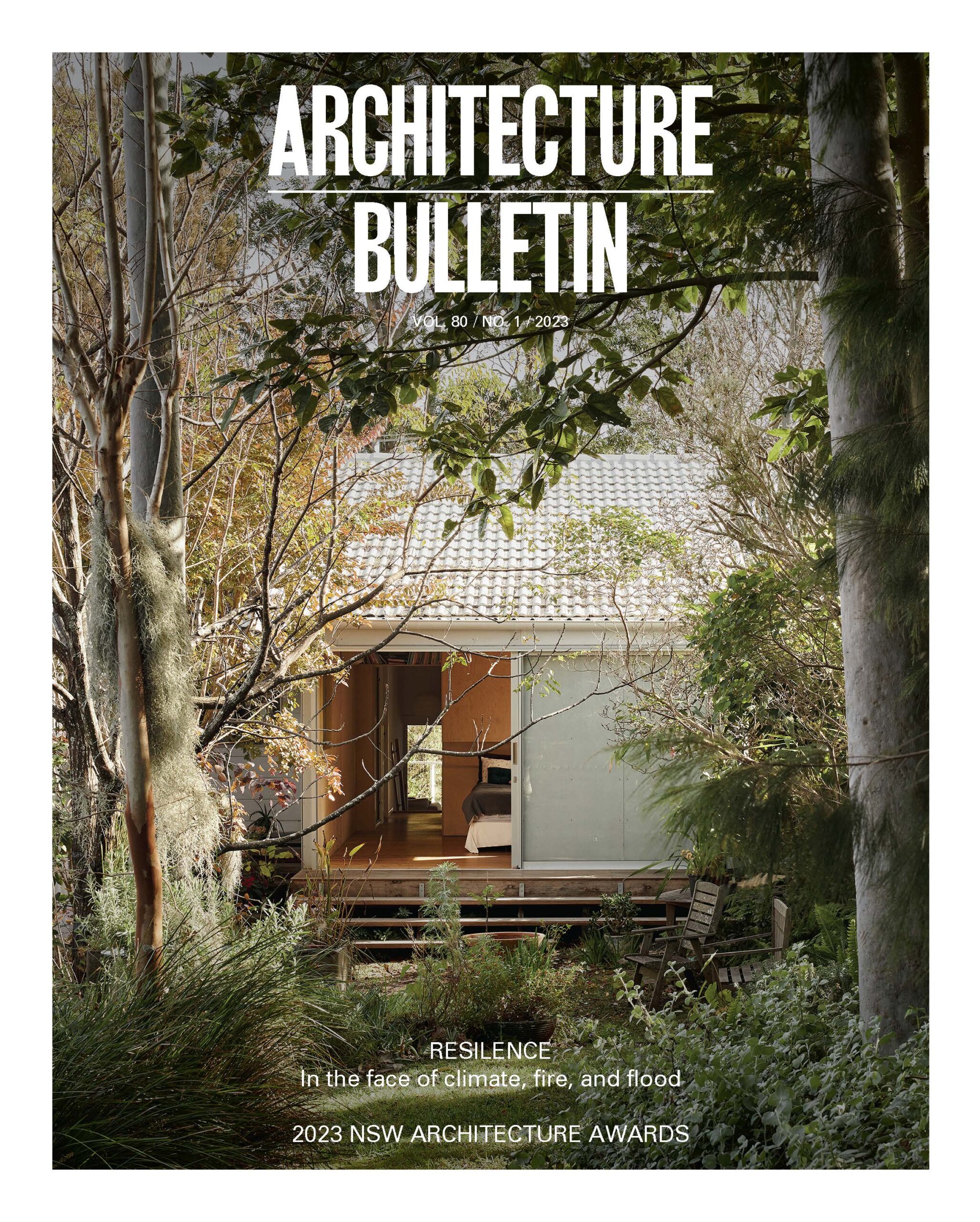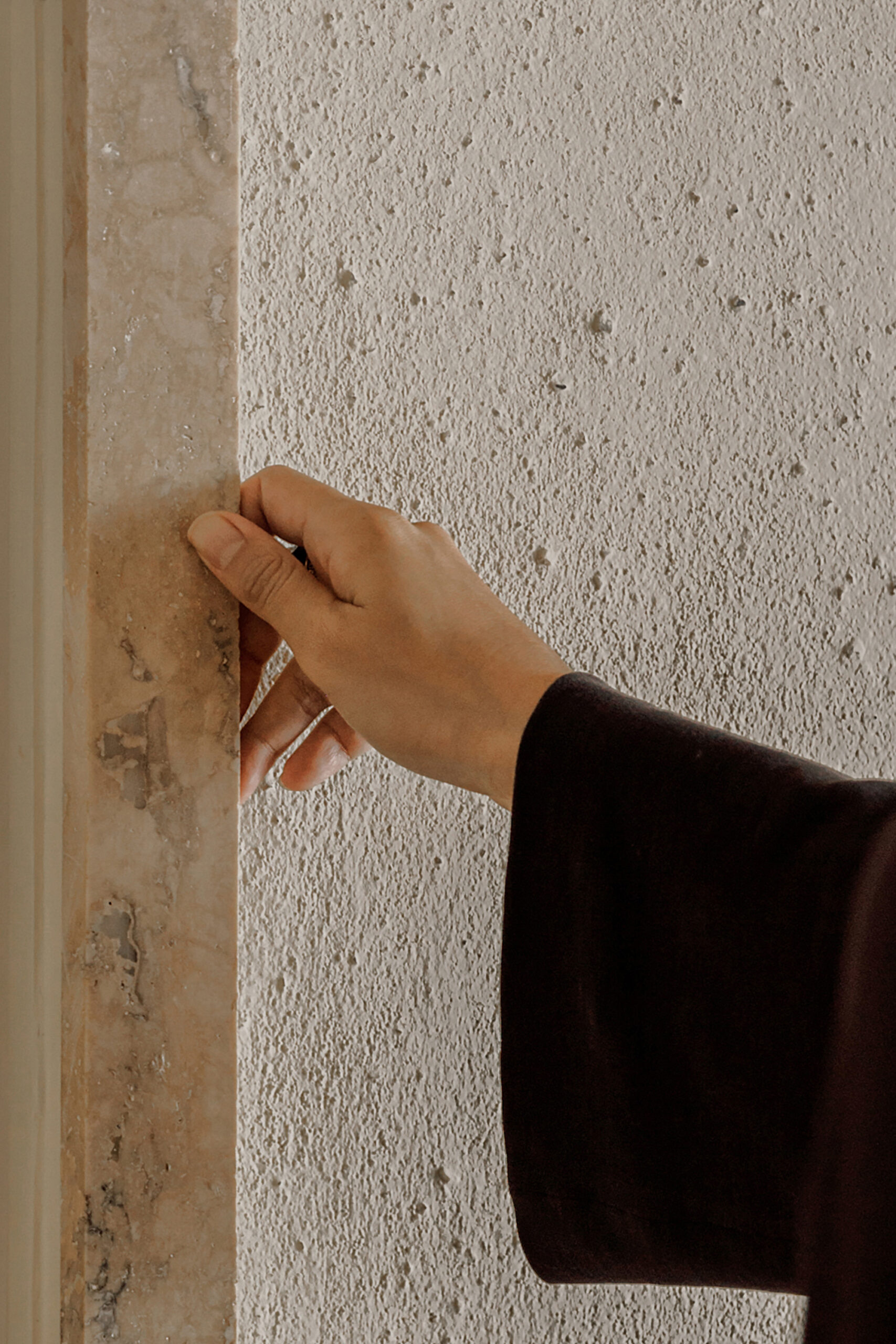Leave no-one behind in 2023
WORDS BY Anna Rubbo


With its Leave No One Behind sustainable futures theme and the aim “to make architecture a central tool in achieving the UN17 Sustainable Development Goals”, the July 2-6 Union of International Architects Congress (UIA23) in Copenhagen brought the importance, and the potential of the goals to the attention of practitioners, educators and students from around the world. Through six themes – Climate Adaptation, Rethinking Resources, Resilient Communities, Health, Inclusivity and Partnerships for Change – UIA23 offered design professionals, researchers, and educators a more inclusive and deeper definition of sustainability, one that also has a strong focus on environmental and social justice.
Adopted in 2015 by 193 nations, the United Nations Sustainable Development Goals (SDGs) offer a roadmap to a more sustainable future. The SDGs are a call to action to end poverty, protect the planet, and ensure that by 2030 all people enjoy peace and prosperity. Lofty goals, yet with the climate crisis (and dire IPCC predictions), increasing inequality, housing crises worldwide, and authoritarian populism on the rise, lofty goals translated into action are precisely what is needed if we are to have resilient communities. Sustainability certifications are showing their limitations; it is no longer enough for built environment professionals to rest on the laurels of a good score.
While the built environment is not specifically addressed in most of the SDGs, SDG 11 – Sustainable Cities and Communities – and the UN Habitat New Urban Agenda (NUA) provide plenty of guidance for the design professions. On examination, SDG 11 links with many other SDGs, including poverty (G1), health (G3) gender equality (G5), decent work (G8), industry, innovation, and infrastructure (G9), reduced inequalities (G10), responsible consumption and production (G12), climate action (G13), and others. On examination, consideration of the SDGs and their targets offer new approaches to making and learning about architecture. Examples include:
- New York Metropolitan Museum of Art in its current $2 billion building program, has taken on issues of equality and inclusion, climate action, decent work, innovation, responsible consumption, and more. For the renovation of the Michael C Rockefeller Wing, which houses the collections of Ancient Americas, Oceania, and Sub-Saharan Africa, the architects – WHY and Beyer Blinder Belle –retained existing granite floors rather than replacing them with an imported stone. Cost savings are made, and substantial emissions avoided. In the development of new artisanal skills to refinish and transform the stone as well as an innovative treatment of wall surfaces, new homegrown industries support a crafts revival and the growth of some good paying jobs for the middle class. Adopting lessons learned from imported high-quality light refracting exterior glass, the next step is to promote local production of similar glasses. Such actions with important social, economic, and environmental consequences acknowledge current crises, from climate change to the hollowing out of the middle class. The actions are deliberate, comprehensive, and inspiring but in no way shirk the responsibility of making a great space to house some of the world’s most important artefacts.
- In 2021 the UIA and UN Habitat partnered to launch the biannual 2030 Award for projects that considered the SDGs. In the award’s inaugural year 125 architecture, landscape, and urban design entries at varying scales were received in six SDGs categories. Some 40 finalists were invited to make short films to explain the project and the reaction of users. There is much to be learned from these projects about how the SDGs can be realised. A call for projects for Round 2 of the SDGs 2030 award is imminent; winning and commended projects will be announced in Cairo at the World Urban Forum in 2024. The award will run through 2030. UIA23 – in the leadup to UIA23, 24 universities from around the world have undertaken design and research projects that focus on one or more of the congress themes. The 1-2 July Global Student Summit brought participants together with their work exhibited from 3-6 July in Copenhagen. Schools from Western and Eastern Europe (the Bartlett, the Danish Academy, the Academy of Fine Arts in Ukraine), the Americas (Harvard, Yale, RISD, Federal University Rio de Janeiro), Asia and Oceania (UTS , Monash, CUHK, Hangyang in Korea, KMUTT Bangkok), and Africa (universities of Nairobi and Johannesburg) have participated. This work is an important step in realising UNESCO’s 2022 report, Knowledge-driven actions: transforming higher education for global sustainability, which advocates for the uptake of the SDGs across higher education institutions.
The environmental crisis demands change. Inequality must be addressed. Poor and marginalised communities are disproportionately impacted by climate change and pollution, and worldwide the housing affordability crisis impacts middle as well as low-income people. For almost three years the UIA23 Scientific Committee has worked to develop the six congress themes that challenge the status quo. A call for papers yielded over 700 submissions from more than 70 countries. Design for Resilient Communities, with its seven sub-themes3, received 176 papers demonstrating a high level of interest and a sense of urgency on the topic. All papers were double-blind peer reviewed.
Of the submissions, 65 were presented on 3-5 July and will appear in Design for Resilient Communities (Rubbo and Du eds. Springer 2023). Of the seven Resilient Communities sub-themes Housing and the Right to the City, People as Partners, the SDGs and Everyday Life, and Design Education generated the most responses.
These topics deserve to be taken up at the local level.
Anna Rubbo LFRAIA is a research scholar at the Center for Sustainable Urban Development in the Climate School at Columbia University and a Board member of the NY-based Consortium for Sustainable Urbanization. With Juan Du, Dean of Architecture, Landscape and Design at the University of Toronto, she is co-chair of Design for Resilient Communities. She was the recipient of the Neville Quarry Education Award in 2011, and the Marion Mahony Griffin Prize in 2006.




